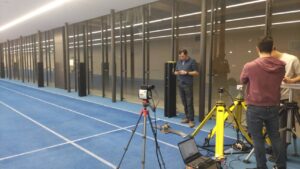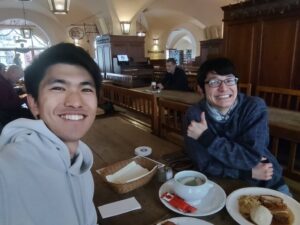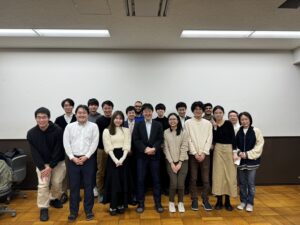3/22(金)に工学部1号館15号講義室において社会基盤学科の卒業式が開催されました.
地域/情報研究室では,現在B4の僕(嶋野)が卒業式に出席し,学位記を頂くとともに,工学部長賞(学修)などの表彰をしていただきました.また,卒業式の最後には答辞を読ませていただきました.僕自身,答辞を読むのはこれまでの人生で初めての経験だったので緊張でかなり震えてしまいましたが,なんとか最後まで読み切ることができてほっとしています.
式後に研究室の皆さんと写真を撮ることができたのですが,布施先生と写真撮影することが叶わなかったので,来週3/26(火)に開催される追いコンにてご一緒に撮影したいです!
社会基盤学科に来てから2年半,地域/情報研究室に来てから1年間,本当にお世話になりました!特に,この1年間は初めての研究室生活で慣れないこともある中で,安田先生・多くの先輩方には日頃の雑談から研究のアドバイスまで様々な面で助けられ,布施先生には研究への向き合い方を教えていただきました.来年度からも宜しくお願い致します!
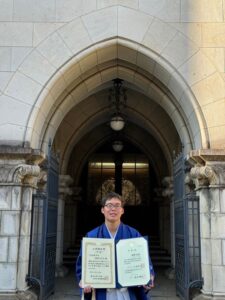
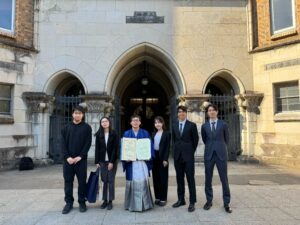
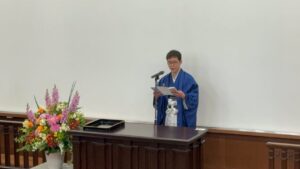
M2とB4で作成した先生方への感謝を込めた横断幕が工学部1号館正面に飾ってあります!来週まで掲示する予定です!個性豊かな感謝のメッセージや絵が描かれておりますので,機会あればぜひご覧ください!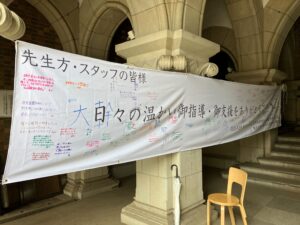
The graduation ceremony of the department of civil engineering was held on 22 March (Fri) in Lecture Room 15, Engineering Bldg. 1.
I attended the graduation ceremony and received a diploma. And I gave a speech in the end of the ceremony. It was the first time for me, so I was very nervous. However, I managed to read it
After the ceremony, I was able to take photos with the member of this lab, but I wasn’t able to take photos with Fuse-sensei (Prof. Fuse), so I want to take photos with Fuse-sensei in the farewell party on 26 March (Tue).
I would like to thank you for all your help and support over the past two and a half years since I came to the Department of Civil Engineering and one year since I came to this lab!
投稿者|嶋野
